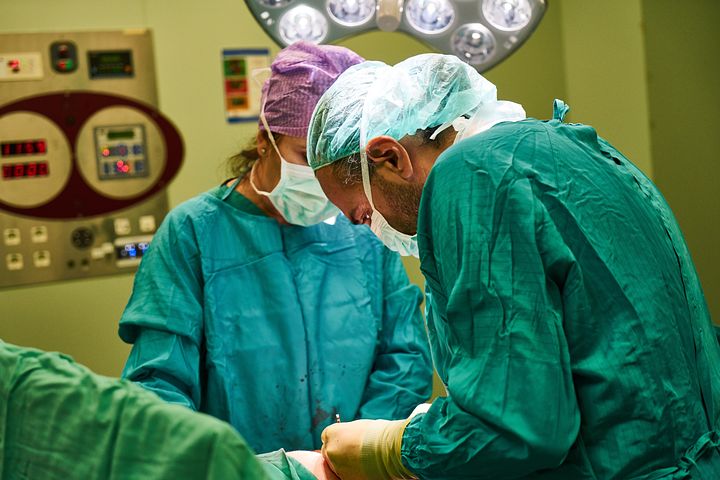Visitors have accessed this post 230 times.
Transgender surgery, also known as gender reassignment surgery, is a medical procedure that can help individuals who identify as transgender to live in a body that matches their gender identity. This type of surgery can be a life-changing event for many transgender individuals, allowing them to finally feel comfortable in their own skin.
Gender reassignment surgery is a complex and multi-stage process that involves a team of medical professionals, including a therapist, endocrinologist, and surgeon. The process can take several months or even years, and it requires careful planning and preparation to ensure the best possible outcome.
The first step in gender reassignment surgery is typically hormone therapy. Hormone therapy can help to change the body’s hormonal balance to match the individual’s gender identity. This can involve taking testosterone or estrogen, depending on the individual’s needs.
Hormone therapy is usually followed by various surgeries, depending on the individual’s desired outcome. For individuals transitioning from male to female, surgery may involve breast augmentation, facial feminization surgery, and genital reconstruction surgery. For individuals transitioning from female to male, surgery may involve mastectomy, hysterectomy, and phalloplasty.
Genital reconstruction surgery, also known as gender confirmation surgery, is often the most significant part of gender reassignment surgery. This surgery involves the creation of male or female genitalia, depending on the individual’s gender identity. The surgery can be highly complex and may involve multiple procedures over several months or even years.
In addition to genital reconstruction surgery, facial feminization surgery or facial masculinization surgery can be performed to help create a more masculine or feminine appearance. This type of surgery can involve procedures such as chin augmentation, nose reshaping, and brow lift.
Breast augmentation surgery is also commonly performed for individuals transitioning from male to female. This surgery involves the placement of breast implants to create a more feminine chest appearance.
While gender reassignment surgery can be a life-changing event for many transgender individuals, it is important to understand that it is not a cure-all. Gender dysphoria, the feeling of discomfort or distress that comes with a mismatch between one’s gender identity and their physical body, can still persist after surgery.
That is why it is important for transgender individuals to have a support system in place, including mental health professionals and supportive friends and family. Additionally, ongoing hormone therapy and follow-up surgeries may be necessary to maintain the desired physical appearance and help alleviate gender dysphoria.
It is also important to note that gender reassignment surgery is not without risks. As with any surgery, there are potential complications, including bleeding, infection, and anesthesia complications. Additionally, some individuals may experience dissatisfaction with the results of their surgery or may have difficulty adjusting to their new body.
In conclusion, gender reassignment surgery can be a life-changing event for transgender individuals. It can help them to live in a body that matches their gender identity and alleviate gender dysphoria. However, it is a complex and multi-stage process that requires careful planning and preparation, as well as ongoing support and follow-up care. It is important for transgender individuals to work with a team of medical professionals who are experienced in gender reassignment surgery and to have a support system in place to help them through the process.
